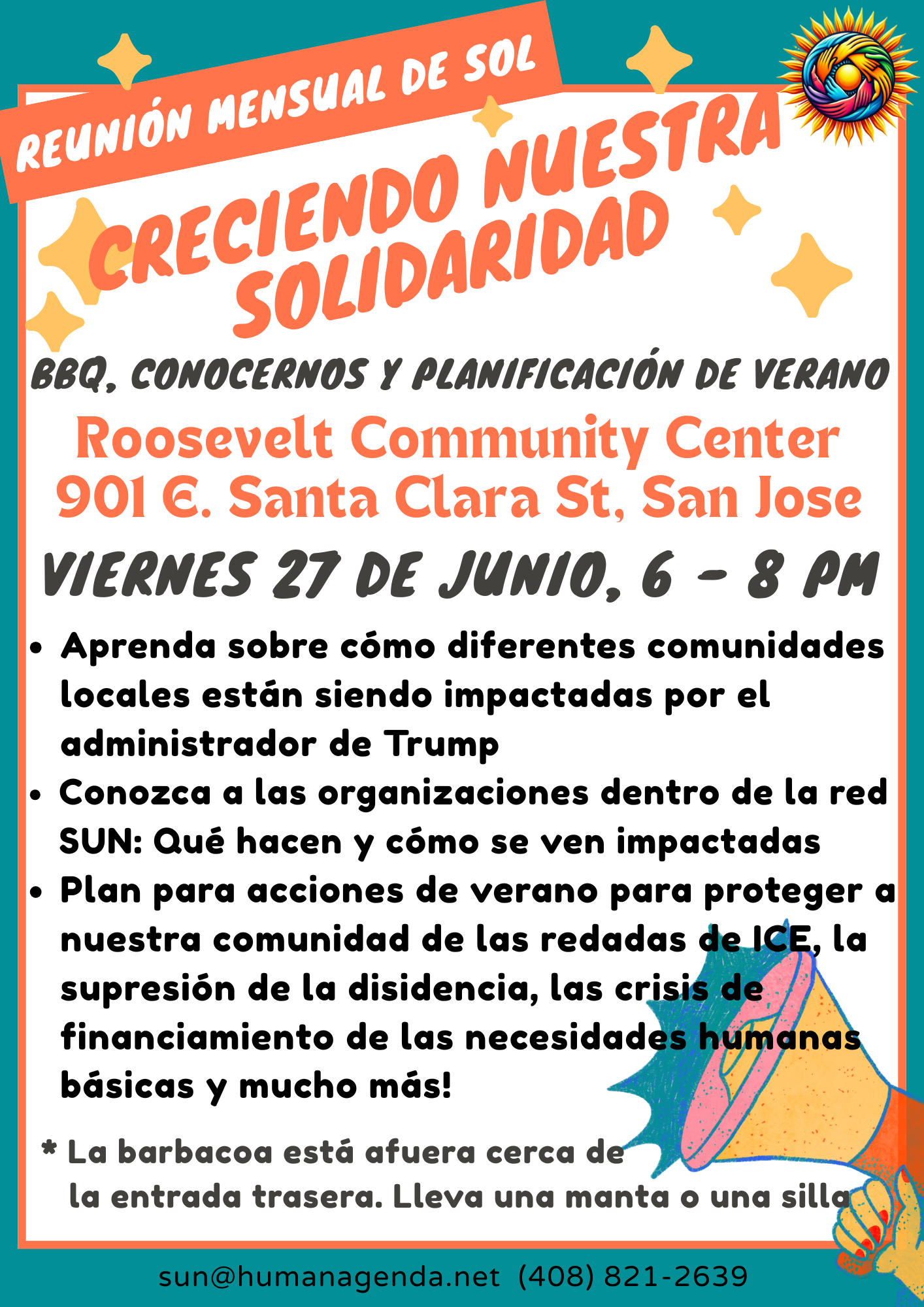AGENDA FOR MARCH 7 MEETING
- Introductions
- Plan for conducting market research, selecting industry partner(s), and creating a business plan
- Reports from the California Native Plant Society (Genet), the Ecology Center (Susan), and the Water District on its rebate program (Richard).
- Update on April 17-18 Movement School
- Next steps, next meeting date and location, announcements
REPORT FROM FEB. 7 MEETING
The following actions took place at the February 7 meeting hosted by the San Jose Peace & Justice Center:
After presentations by two independent immigrant workers who do lawn conversions now—Luis Parada and Jorge Rojas—it was agreed that the niche that the new cooperative would occupy is lawn conversions from green to brown with gray water capability.
Jorge Rojas explained that to maintain drought resistant “sustainable landscaping” the drip irrigation system is critical. He said that the expense of replacing a lawn completely is recovered in 2 years. The city has programs but you need to attend classes. Installation takes 2-3 days. There are several steps: (a) design the new lawn (Acterra does this for a fee), (b) remove grass, (c) install the irrigation system, and (d) install the new lawn. Jorge does not install gray water systems. He is available to help this coop effort.
Luis Parada explained that homeowners must decide if they want native or natural. Rocks, bark, ivy, etc. are some of the materials used. Cardboard can be used to stop grass growth. By the second year the homeowner sees the savings from water bills. He has landscaping books to show new customers. Luis also remodels bathrooms. With respect to the outside, the typical homeowner will ask for other things than the lawn conversion, like a retainer wall, lighting, patios, drainage, fencing, a deck, etc. These could be incorporated into the cooperative too.
With respect to gray water systems, which would be the add-on making this cooperative unique, more research needs to be done. Walter mentioned Oasis Design Systems in Oakland; Susan, the Ecology Center in Oakland; Sharat, rain catchment systems from South Africa. Gray water can also be used for fruits and vegetables. Ramji suggested that water analysis be performed.
Equipment needed for a lawn conversion coop: heavy duty truck ($40 K); rototiller ($3-5 K); equipment and tools ($2 K). Best to rent a forklift for $130 per day rather than buy one ($60 K).
Karita reported that the California Native Gardens Foundation would be a natural ally. There is a sample garden on Race Street. It is a non-profit and for-profit. Alriye Middlebrook is the owner and founder. She has broad experience, including with children and internationally in Africa. She is excellent at designs and plant selection.
Richard presented a 12-step process for co-op formation based upon the WAGES model: (1) market research, (2) selection of industry partner(s), (3) a business plan including pricing out natural plants and materials, (4) financial projections, (5) potential sources of start-up capital, (6) creation of a management model, (7) developing an operating agreement / by-laws, (8) a transition plan to allow the co-op to operate autonomously, (9) incorporation, (10) curriculum to map out co-op member business, technical, and cooperative skills, before and after launch, (11) recruitment of worker-owners, and (12) launch.
The group agreed to co-sponsor the Movement School of the US Social Forum April 17-18 in San Jose. April 18 will be dedicated entirely to cooperatives.
For more information contact Chuck Rawlings at chuckrawlings@gmail.com or Richard Hobbs at 408-460-2999 or richhobbs@msn.com.






































